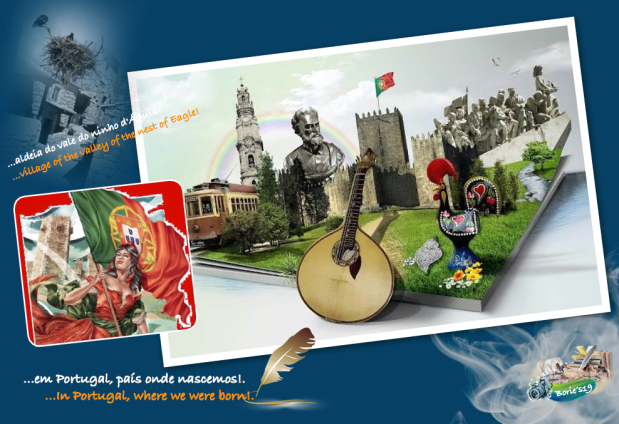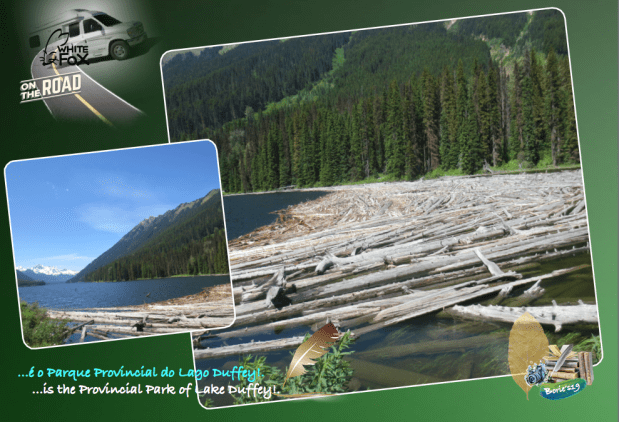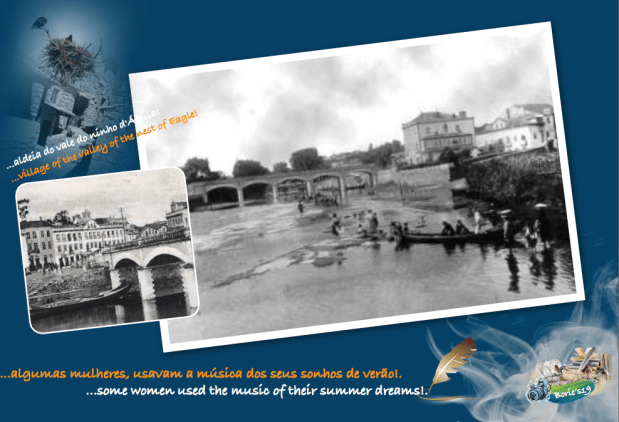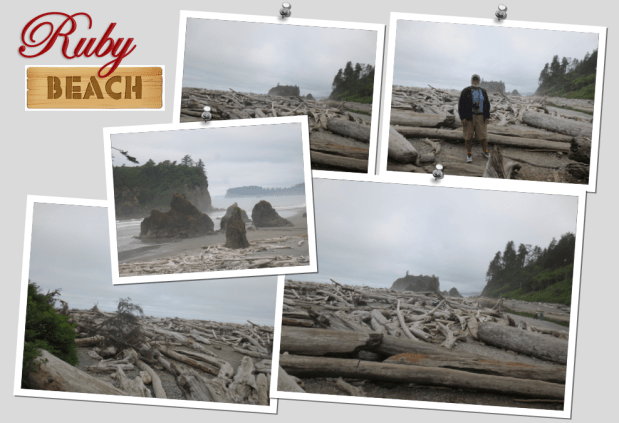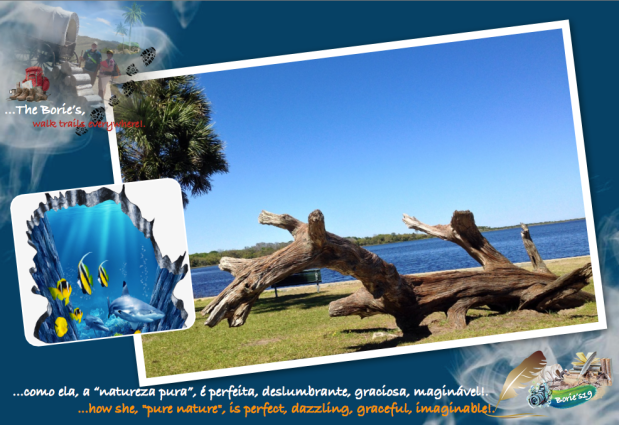
…notícias falsas!. (Fake News)!.
…a história diz-nos que, em Inglaterra, no já distante ano de 1622, se criou o primeiro jornal para contar notícias às pessoas, publicando-se periódicamente, onde certamente, uma ou duas, talvez três, ou mesmo um conjunto de pessoas, reuniam as notícias que o povo ou alguém mais “coscuvilheiro”, lhes comunicava e, levavam à letra de imprensa, numa simples folha, onde nem sequer sonhavam com as grandiosas organizações de comunicação social que hoje existem!. (History tells us that in England, in the distant year of 1622, the first newspaper was created to tell people news, and it was periodically published, where one or two, perhaps three, or even a whole of people, gathered the news that the people or someone else “coquette” communicated to them, and they carried the press in a simple sheet, where they did not even dream of the great organizations of social communication that exist today)!.
…no nosso modesto entender, ser jornalista, é exercer uma actividade, ou criar um produto jornalístico que envolva a preparação de material escrito, visual ou de áudio, destinado à sua publicação através dos médias, com referência a eventos factuais e contínuos de interesse público, ou seja pretender-se informar a sociedade sobre si mesma e tornar públicos os eventos que deviam ser verdadeiros, que de outra forma permaneceriam privados!. (In our modest understanding, to be a journalist, is to carry out an activity, or to create a journalistic product that involves the preparation of written, visual or audio material, destined for publication through means, with reference to factual and continuous events of public interest, that is to say, to inform society about itself and to make public the events that were supposed to be true, which would otherwise remain private)!.
…nesta sociedade moderna, hoje, consideramos a comunicação social, como uma das principais potências mundiais, onde as suas armas são as palavras e as imagens!. São eles os principais fornecedores de informações, e claro, talvez opiniões sobre assuntos públicos, onde o seu principal objectivo devia ser falar-nos, mostrar-nos, exemplificar-nos, dar-nos conhecimentos de algo que é notícia, é novo, é recente, é primeira informação!. Em outras palavras, era dar-nos conhecimento de algo que acaba de acontecer e, é verdadeiro!. (In this modern society, today, we consider the media, as one of the main world powers, where your weapons are words and images!. They are the main suppliers of information, and of course, perhaps opinions about public affairs, where their main objective should be to speak to us, to show us, to exemplify us, to give us knowledge of something that is news, is new, is recent, it’s first information!. In other words, it was giving us knowledge of something that just happened and, it’s true)!.
…ela, a tal comunicação social, faz nascer os seus heróis, fazendo-os desaparecer, no momento em que entende que já não são os seus heróis!. Alguma, dessa comunicação social, praticam um tipo de jornalismo ou propaganda, que pode ser amarela, ou qualquer outra cor, mas de acordo com o seu parecer, onde existem notícias falsas, que consistem em desinformação deliberada, pretendendo levar a “água ao seu moinho”, ou seja atingir o seu objectivo, a sua cor, o seu ponto de vista, que pode ser o lado oposto, tanto político, financeiro como social, que normalmente é uma tática conhecida como imprensa mentirosa!. (She, to such social communication, causes her heroes to be born, making them disappear, at the moment when she understands that they are no longer her heroes!. Some of this media practice a type of journalism or propaganda, which may be yellow or any other color, but according to their opinion, where there is false news, which consists of deliberate misinformation, intending to bring “water to your mill), that is to achieve its objective, its color, its point of view, which can be the opposite side, both political, financial and social, which is usually a tactic known as a liar press)!.
…hoje, têm ao seu serviço um conjunto de comentadores e pessoas que nos aparecem à frente dessa comunicação, principalmente a visual, que ao falarem, pretendem lançar dúvidas sobre notícias, que a nós nos parecem legítimas, mas que eles as dizem, com a intenção de enganar para ganharem a sua causa, que pode ser tanto financeira como política, muitas vezes usando manchetes sensacionalistas, desonestas ou falsas para aumentar o número de leitores, e claro, maiores audiências e maiores receitas!. (Today, they have at their service a group of commentators and people who appear to us at the forefront of this communication, especially the visual, who in speaking, intend to cast doubt on news, which seems legitimate to us, but which they say, with the intent to cheat to win their cause, which can be both financial and political, often using sensational, dishonest or false headlines to increase the number of readers, and of course, larger audiences and higher revenues)!.
…infelizmente hoje, as notícias tradicionais espalhadas pelos médias, tanto na imprensa escrita, como visual ou mesmo on-line, têm sempre como principal objectivo as receitas de publicidade gerada por essa actividade, independentemente da veracidade das histórias publicadas, não lhes importando se as notícias são falsas e intencionalmente enganosas, saíram de uma sátira ou de uma paródia, se destinam a divertir ou enganar o público!. (Unfortunately today, the traditional news spread by the media, in the written press, as visual or even online, always have as main objective the advertising revenues generated by this activity, regardless of the veracity of the published stories, no matter if the news is false and intentionally misleading, out of a satire or a parody, are meant to amuse or deceive the public)!.

…os médias, adoram “desgraças”!. Não lhes interessa dar a notícia de uma criança que nasceu feliz, um jardim com flores, um casal que viveu com honestidade, dando ao mundo uns descendentes com educação superior, para ajudar a continuar um mundo onde exista alguma paz!. No entanto, diáriamente abrem os noticiários, principalmente em horário nobre, anunciando horrores, como fotos da criança morta ou com fome, da terra queimada pelo fogo, da aldeia destruída pelas explosões dos bombardeamentos inimigos naquela maldita guerra, o filho que matou os pais para obter dinheiro para consumir droga ou do ataque terrorista onde morreram dezenas pessoas!. (The average ones, they love “misfortunes”!. It does not interest them to give the news of a child who was born happy, a garden with flowers, a couple who lived with honesty, giving to the world descendants with higher education, to help to continue a world where there is some peace!. However, they daily open the newscasts, especially in prime time, announcing horrors, such as photos of the dead or hungry child, of the land burned by fire, of the village destroyed by the explosions of the enemy bombings in that damn war, the son who killed the parents for get money to consume drugs or the terrorist attack where dozens of people died)!.
…nós, deste lado do oceano Atlântico, seguimos as quatro principais estações de televisão Portuguesas, que transmitem a sua antena para o país onde vivemos e, não querendo acreditar, parece-nos que, as notícias são controladas, não são um órgão independente que devia operar dentro de estruturas jornalísticas, como em qualquer sociedade democrática, onde o acesso à informação pode desempenhar um papel-chave num sistema sem freios e contrapesos, destinado a limitar o excesso de poderes concentrados em governos, empresas e outras entidades de indivíduos!. (We, on this side of the Atlantic Ocean, follow the four main Portuguese television stations, which transmit their antenna to the country where we live and, not wanting to believe, it seems to us that, news is controlled, not an organ which should operate within journalistic structures, as in any democratic society, where access to information can play a key role in a system without checks and balances, aimed at limiting the excess of powers concentrated in governments, companies and other entities of individuals)!.

…em Portugal, país onde nascemos, tentando seguir a sua actividade tanto política, como social ou desportiva, pois felizmente ainda lá temos familiares que constantemente trazemos no coração, sabemos que por lá se exerce um sistema de democracia algo exagerada, dando como exemplo as notícias de carácter tendencioso, onde constantemente se fala de determinado clube de futebol e, das três, quatro, cinco, às vezes seis vezes ao dia, onde a personagem do Presidente da República aparece nos ecrans da televisão a dar a sua opinião, gesticulando, (quando encara a câmara, normalmente sorri), exemplificando o seu parecer sobre assuntos de que, na sua qualidade de Presidente, devia ser mais cometido, não dando um exemplo que, leva mais tarde a problemas não só para si, com para a população que o elegeu!. (In Portugal, where we were born, trying to follow their political, social or sporting activities, fortunately we still have family members that we constantly bring into our hearts, we know that there is a system of democracy that is exaggerated. for example, the news of tendentious character, where one constantly speaks of a certain football club and, of the three, four, five, sometimes six times per day, where the character of the President of the Republic appears on the television screens giving his opinion, (when he looks at the camera, he usually smiles), exemplifying his opinion on matters which, in his capacity as President, should be more committed, not giving an example that leads later to problems not only for himself, but for the population who elected him)!.

…e porquê?. Porque os médias sabem que, dando cobertura a esta personagem e a este clube de futebol, tiram alguma vantagem, primeiro porque o clube é popular pelo seu passado e se situa na capital, e da personagem do presidente, que na nossa opinião, além de outras virtudes, carece de sentido de estado, mas de quem as sondagens da dita comunicação social parecem favorecer, sabendo que normalmente o pessoal é pouco exigente, gosta da sua simpatia, que é a característica que mais faz sobressair a sua personalidade narcísica e, que vêm nele a pessoa que quer aparecer, quer dar nas vistas e, dá-lhes assunto, dá-lhes notícias, “enchem-lhe papel”, pensando que assim, têm acesso a informações verificáveis colectadas, sem saberem, (ou talvez saibam), que estão a aderir a padrões jornalísticos que podem fornecer aos cidadãos comuns, as ferramentas necessárias para participar em favor de um processo político, do qual não querem ou detestam vir a aderir, e claro, o que é demais, cria conflitos, satura, desgasta, onde infelizmente a realidade é o povo na rua, formando as greves e os protestos, organizados pelos sindicatos que os representam!. (It’s because?. Because the averages know that, giving coverage to this character and this football club, they take some advantage, first because the club is popular because of its past and is located in the capital, and the character of the president, who in our opinion, besides other virtues, it lacks a sense of state, but of whom the soundings of the said social media seem to favor, knowing that the staff is usually not very demanding, likes his sympathy, which is the characteristic that most emphasizes his narcissistic personality and, they see in him the person who wants to appear, wants to appear in the eye, and gives them subject, gives them news, “fill him with paper”, thinking that they thus have access to verifiable information collected without knowing (or perhaps knowing) , who are adhering to journalistic standards that can provide ordinary citizens with the tools they need to participate in favor of a political process that they do not want or hate to join, and of course, what is too much, creates conflicts, saturates, wears, where unfortunately the reality is the people on the street, forming strikes and protests, organized by the unions that represent them)!.
…na nossa opinião, os valores das notícias, às vezes chamados de critérios de notícias, determinam quanta proeminência uma notícia é dada por um meio de comunicação e a atenção que é dada pelo público, onde o jornalismo de notícias tem um conjunto amplamente acordado de valores, muitas vezes referido como “noticiabilidade”, no entanto os valores das notícias não são universais e podem variar amplamente entre diferentes culturas, enquanto outras se tornaram extraordinariamente específicas para a imprensa de certas nações, como neste caso de Portugal!. (In our opinion, the values of news, sometimes called news criteria, determine how much prominence a news is given by a medium of communication and the attention that is given by the public, where news journalism has a broad set agreed on values, often referred to as “newsworthiness,” however the news values are not universal and may vary widely between different cultures, while others have become extraordinarily specific to the press of certain nations, as in this case of Portugal)!.
…felizmente hoje, o status do jornalismo, juntamente com os médias de massa, sofreram profundas mudanças resultantes da publicação de notícias na Internet!. Isso criou uma mudança no consumo das notícias, à medida que as pessoas consomem cada vez mais notícias sobre leitores eletrónicos, smartphones e outros dispositivos eletrónicos!. (Fortunately today, the status of journalism, along with mass media, has undergone profound changes resulting from the publication of news on the Internet!. This has created a shift in news consumption as people increasingly consume news about e-readers, smartphones and other electronic devices)!.
…e hoje, por aqui nos ficamos, sorriam, tenham um bom tempo nas vossas vidas!. (And today, here we stay, smile, have a good time in your lives)!.!.
Tony Borie, March 2019.

